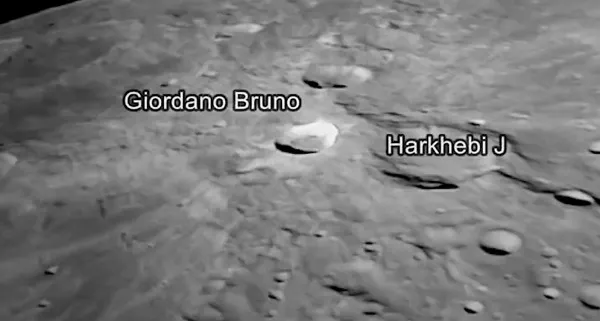
The first photographs from India's Chandrayaan-3 mission, obtained following the probe's historic moon landing, show a pockmarked surface near the lunar south pole. The first photograph of the moon's surface taken by India's Chandrayaan-3 spacecraft following its historic landing on August 23, 2023. The photographs were published on X, formerly Twitter, by the Indian Space Research Organization (ISRO) on Wednesday (Aug. 23), roughly four hours after the Chandrayaan-3 spacecraft completed its peaceful descent.
The first four photographs were captured by the lander's Horizontal Velocity Camera as it approached the moon's surface. A later image from the touchdown Imager Camera shows a view of the touchdown site, including a part of the spacecraft's landing leg and its shadow. "The communication link has been established between the Chandrayaan-3 Lander and MOX-ISTRAC, Bengaluru," ISRO stated in a post on X. "Chandrayaan-3 chose a relatively flat region of the lunar surface," says the report.
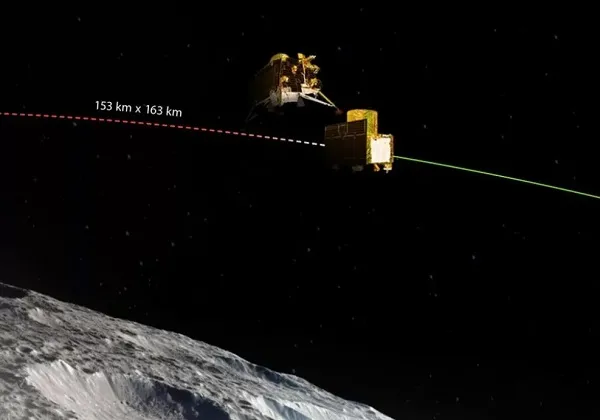
The Indian Space Research Organization, or ISRO, announced on social media on Thursday that the rover, which was tucked inside the lander on its way to the lunar surface, safely departed the ship by rolling down a short ramp.
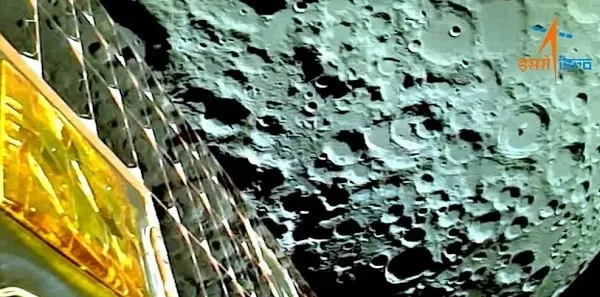
The agency also published a short video clip from the Vikram lander, which shows the ramp deploying and the rover making a cautious escape. The Alpha Particle X-ray Spectrometer and the Laser Induced Breakdown Spectroscopy on the Pragyan rover are both capable of determining the chemical components found in soil and rocks on the lunar surface.
... ... and here is how the Chandrayaan-3 Rover ramped down from the Lander to the Lunar surface. pic.twitter.com/nEU8s1At0W
— ISRO (@isro) August 25, 2023
Chandrayaan-3 Mission:
🔍What's new here?
Pragyan rover roams around Shiv Shakti Point in pursuit of lunar secrets at the South Pole 🌗! pic.twitter.com/1g5gQsgrjM— ISRO (@isro) August 26, 2023
Chandrayaan-3 Mission:
🌖 as captured by the
Lander Position Detection Camera (LPDC)
on August 15, 2023#Chandrayaan_3#Ch3 pic.twitter.com/nGgayU1QUS— ISRO (@isro) August 18, 2023
Scientists believe the south pole region is a vital scientific and strategic concern for spacefaring nations because it has water ice formations. The frozen water might be transformed into rocket fuel or even drinking water for future crewed missions. The Indian space agency also stated that the lunar lander, rover, and propulsion module, which was used to propel the lander from Earth's orbit to the moon and remains in orbit around the moon, are all operating normally. After the United States, Russia, and China, India has become the fourth country in the world to successfully land a rover on the Moon. The Chandrayaan-3 project will investigate the geology, water resources, and possibilities for future human exploration of the Moon.
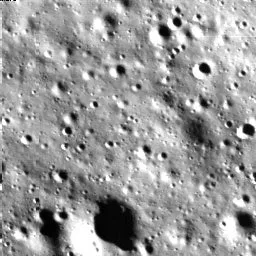
The budget for Chandrayaan-3 is 6 billion rupees (about $72 million at current exchange rates). The mission includes a lander named Vikram that transports a tiny rover named Pragyan. If all goes as planned, the robotic duo will explore their unique surroundings for one lunar day (about 14 Earth days) following landing. Before the chilly, dark lunar night turns out their lights, they'll collect a variety of data. According to the space agency, the spacecraft can orient its placement by comparing images acquired by its cameras to a lunar map encoded into its onboard computer. This is India's second attempt to make a soft landing on the moon.
The first attempt, with Chandrayaan-2 in 2019, crashed on the lunar surface due to technical faults and difficulties braking on descent.
The Moon's south pole remains mostly unexplored - the surface area that remains in shade there is significantly larger than that of the Moon's north pole, and scientists believe this indicates the possibility of water in permanently darkened locations. One of the primary goals of both Chandrayaan-3 and Luna-25 is to search for water ice, which scientists believe could one day enable human habitation on the Moon. It might potentially be used to provide propellant to spacecraft traveling to Mars and other distant locations.
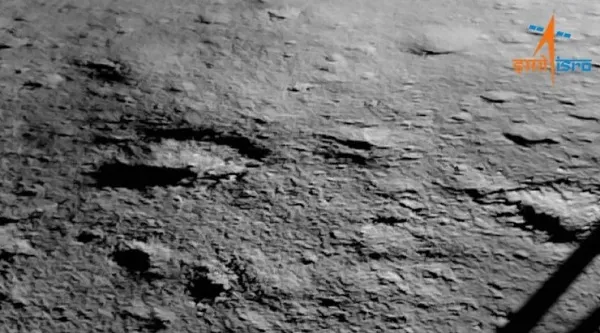
The new photographs were taken by the Lander Hazard Detection and Avoidance Camera (LHDAC) aboard Chandrayaan-3. The camera is intended to assist the mission's Vikram lander in locating a safe landing location as it descends into the lunar surface.







